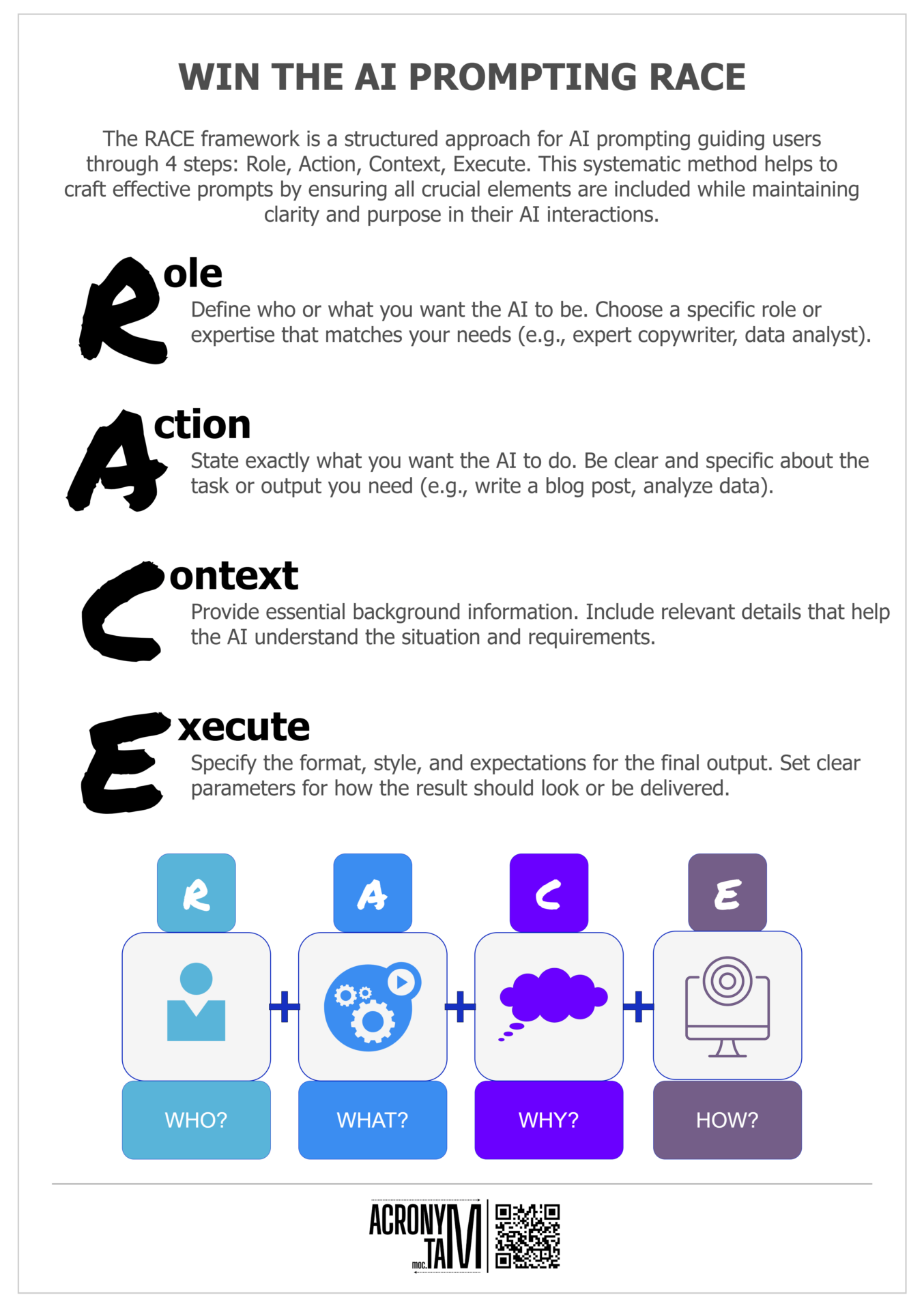
RACE Prompt Framework
The RACE prompt framework is a structured approach for AI prompting that guides users through four essential steps: Role (defining who the AI should be), Action (specifying the task), Context (providing background), and Execute (setting clear expectations for delivery). This systematic method helps users craft more effective prompts by ensuring all crucial elements are included...
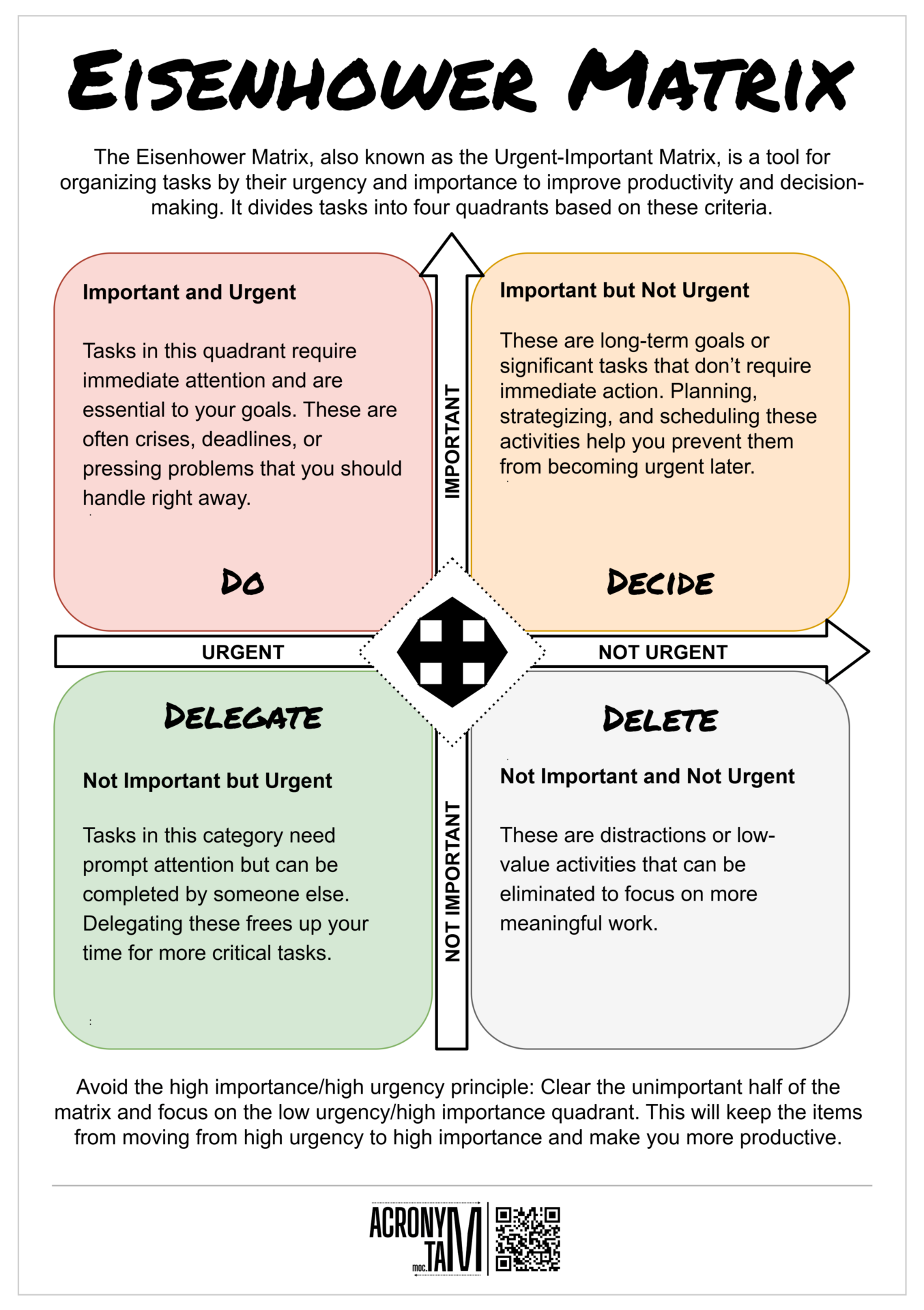
Eisenhower Matrix
The Eisenhower Matrix, also known as the Urgent-Important Matrix, is a tool for organizing tasks by their urgency and importance to improve productivity and decision-making. It divides tasks into four quadrants based on these criteria. Do Important and Urgent Tasks in this quadrant require immediate attention and are essential to your goals. These are often...
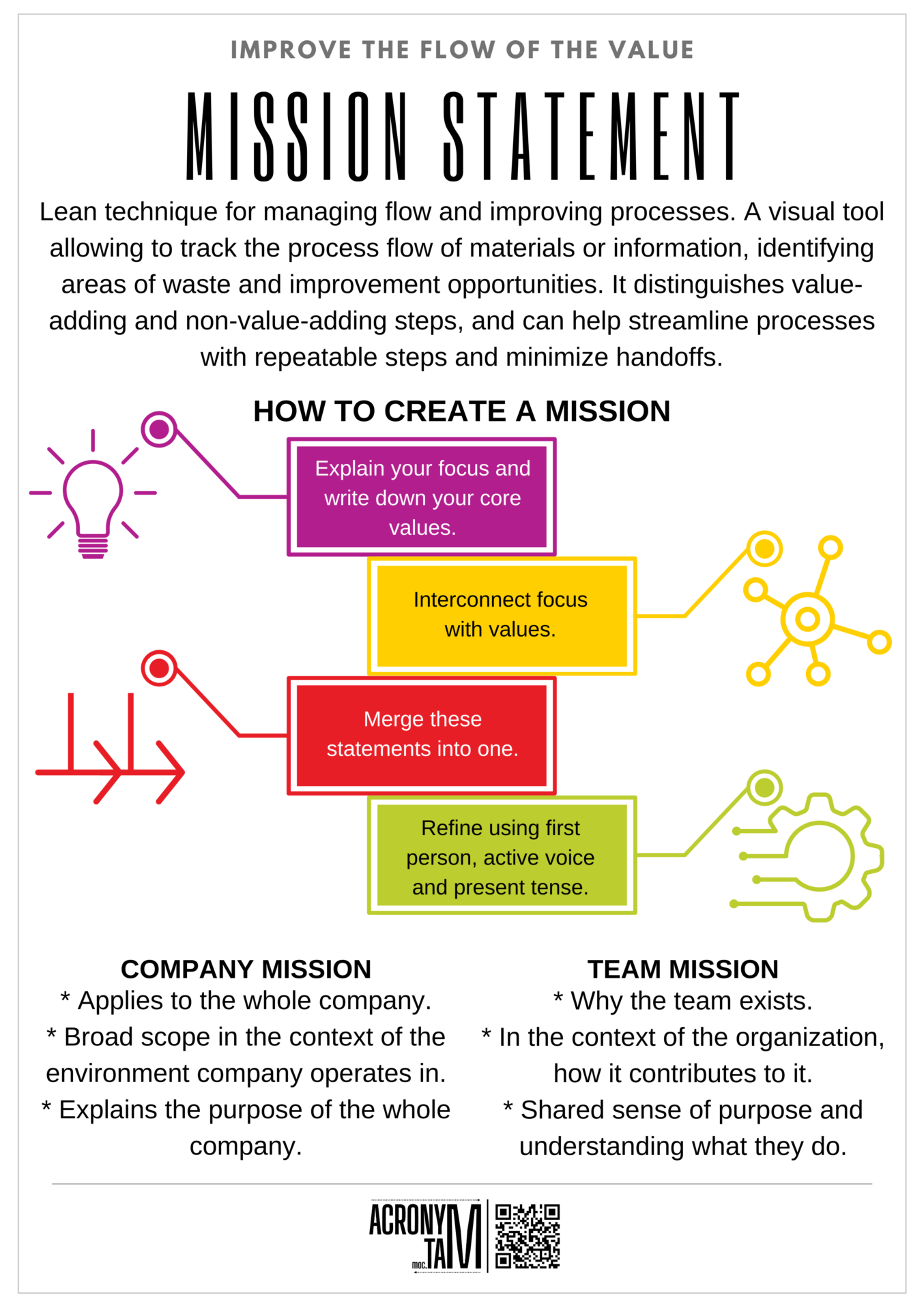
Mission Statement
Long-term organization purpose, values and objectives. It should describe why it matters. This way it contributes to identity creation.
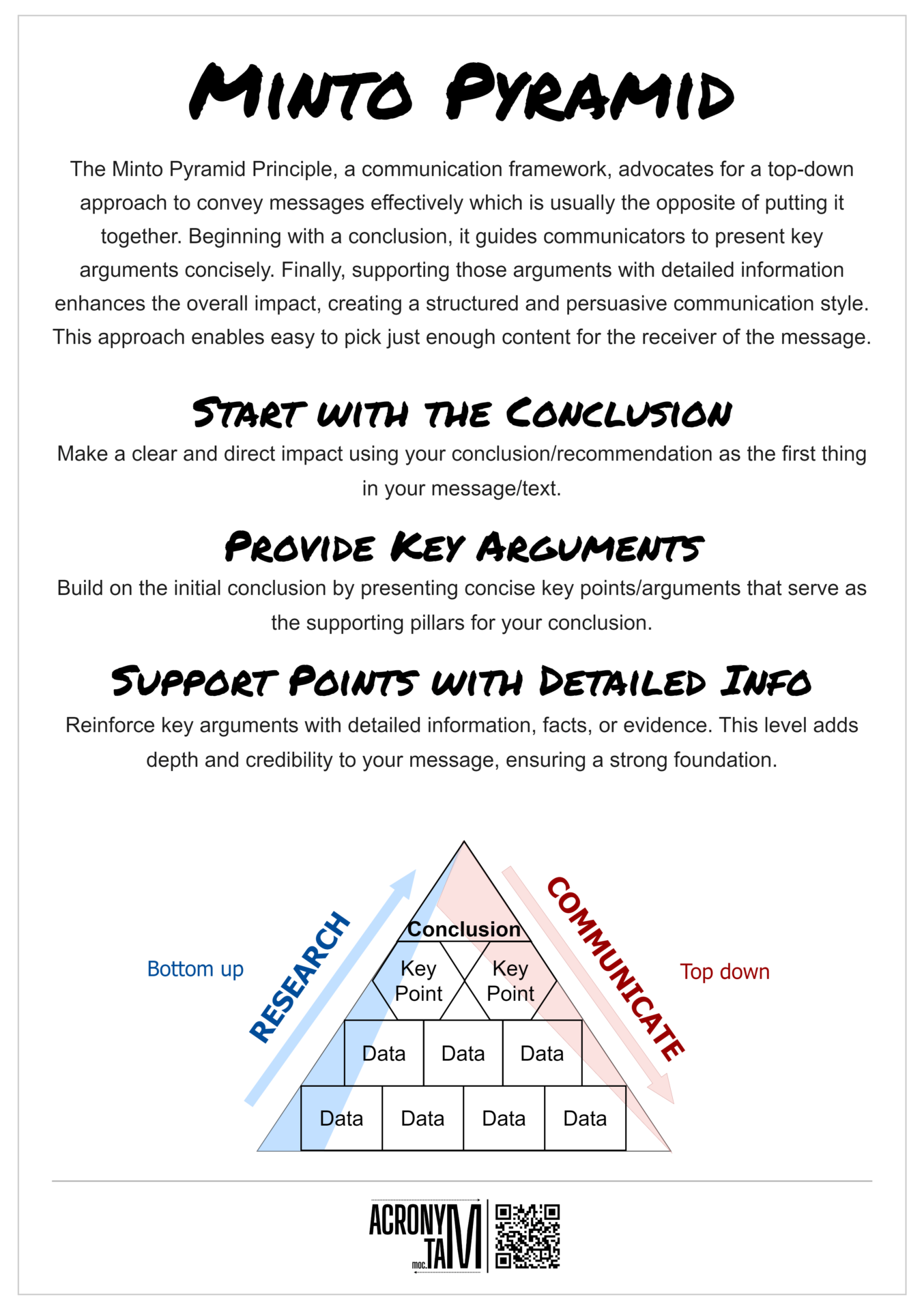
Minto Pyramid
The Minto Pyramid Principle, a communication framework, advocates for a top-down approach to convey messages effectively
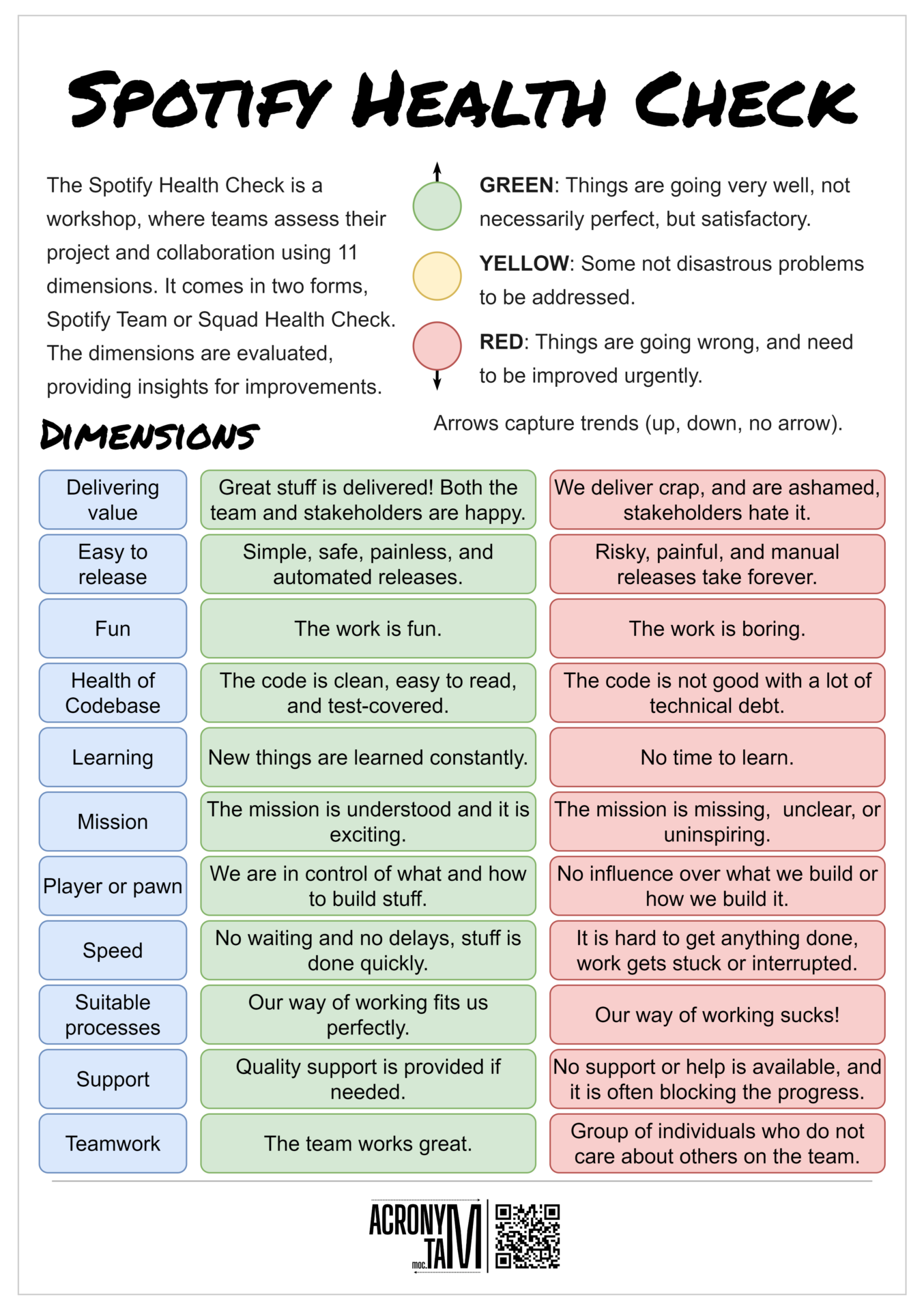
Spotify Health Check
The Spotify Health Check is a workshop, where teams assess their project and collaboration using 11 dimensions.
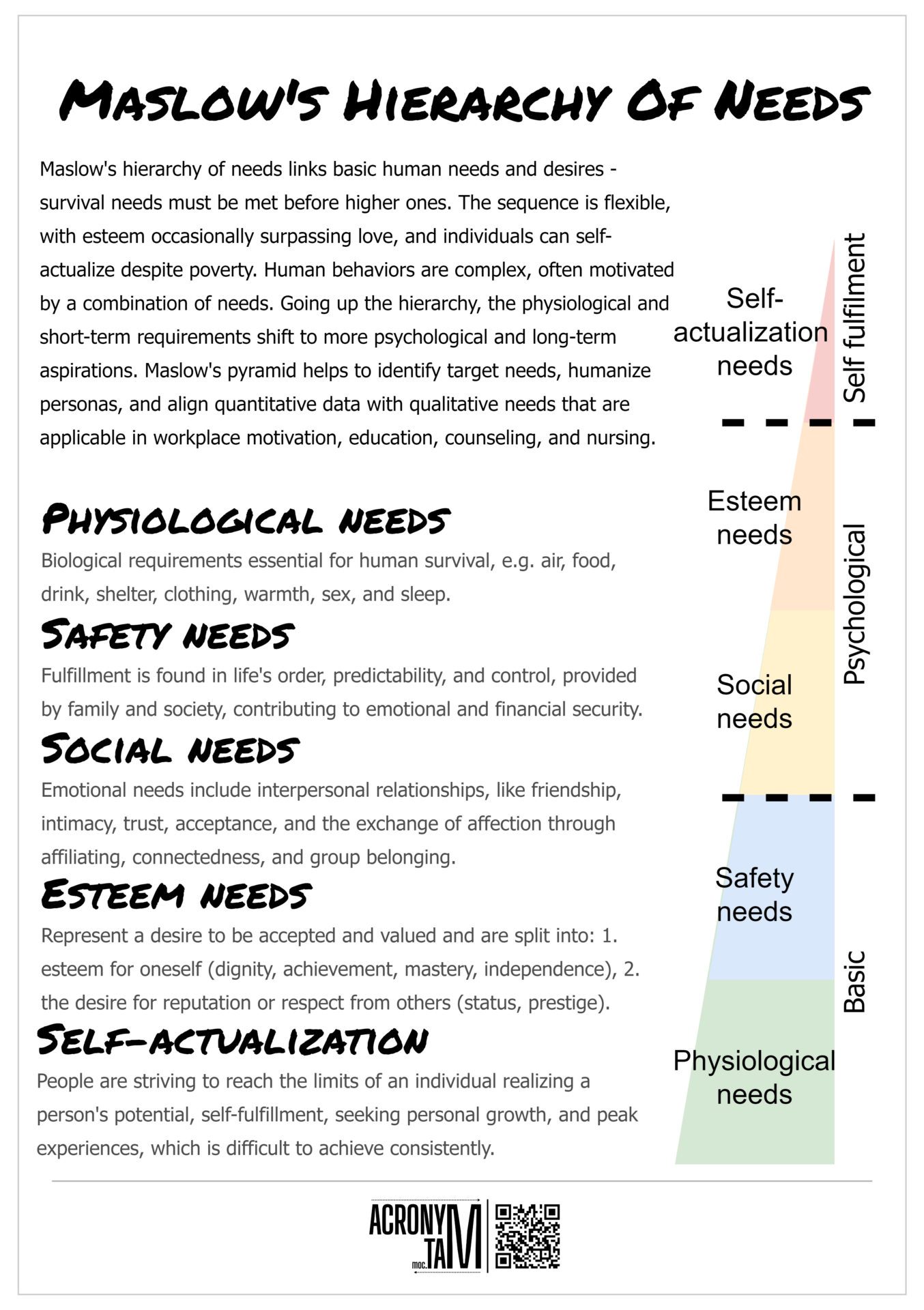
Maslow's Hierarchy Of Needs
Maslow's hierarchy of needs links basic human needs and desires, emphasizing that survival needs must be met before higher needs.
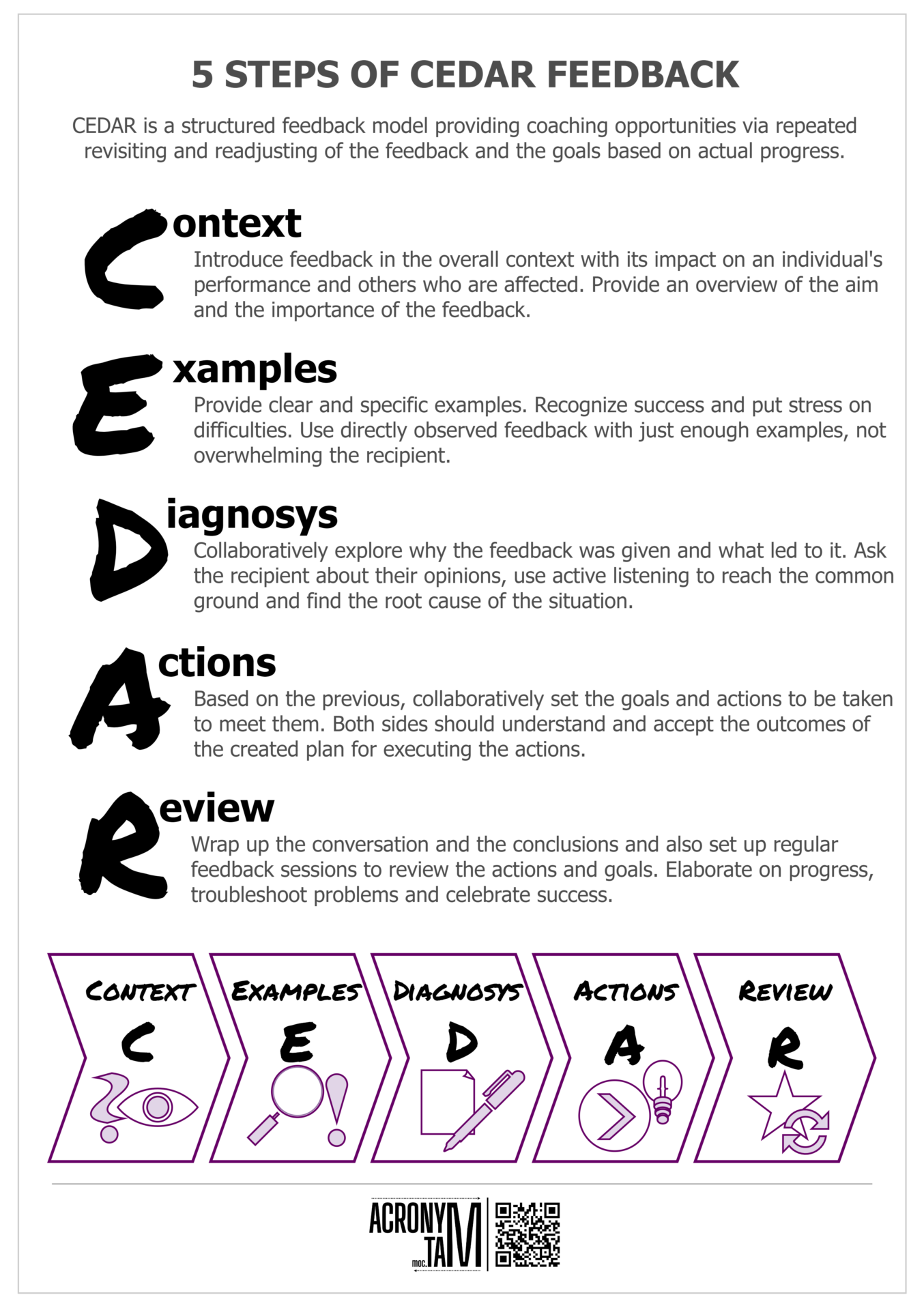
CEDAR Feedback
CEDAR is a structured feedback model providing coaching opportunities via repeated revisiting and readjusting of the feedback and the goals.
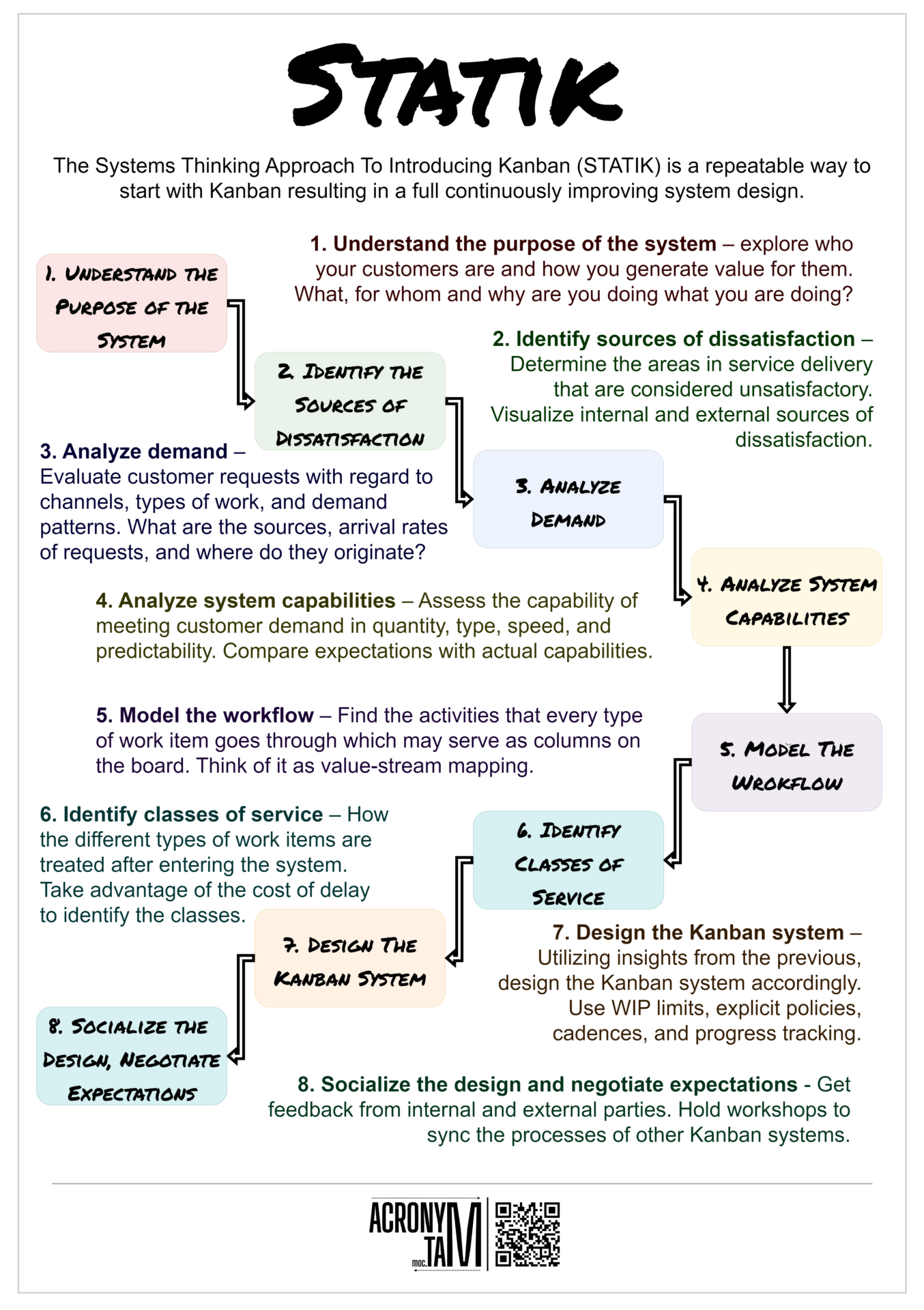
STATIK Kanban
The Systems Thinking Approach To Introducing Kanban (STATIK) is a repeatable way to start with Kanban resulting in continuous improvement.
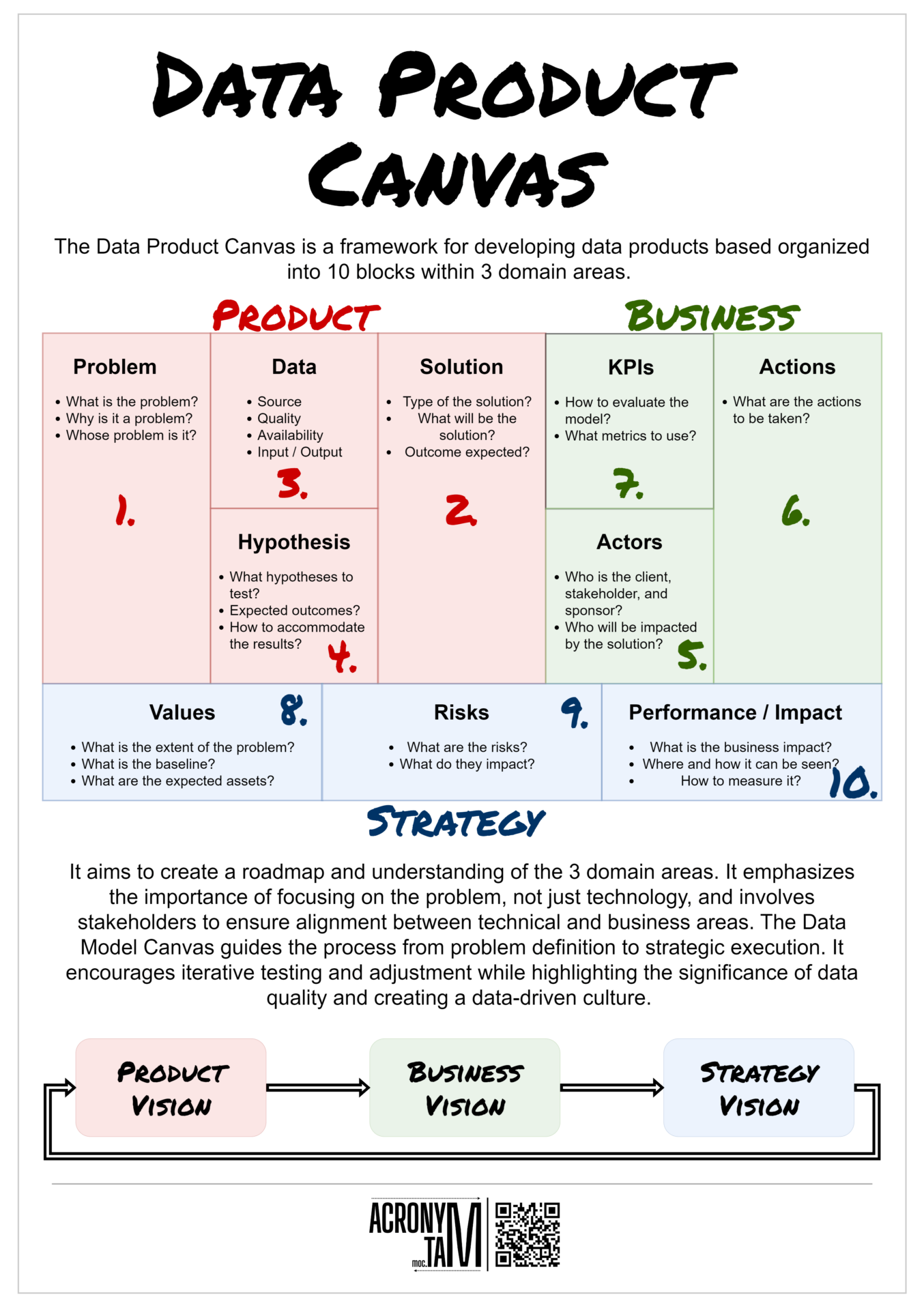
Data Model Canvas
The Data Product Canvas is a framework for developing data products based organized into 10 blocks within 3 domain areas.
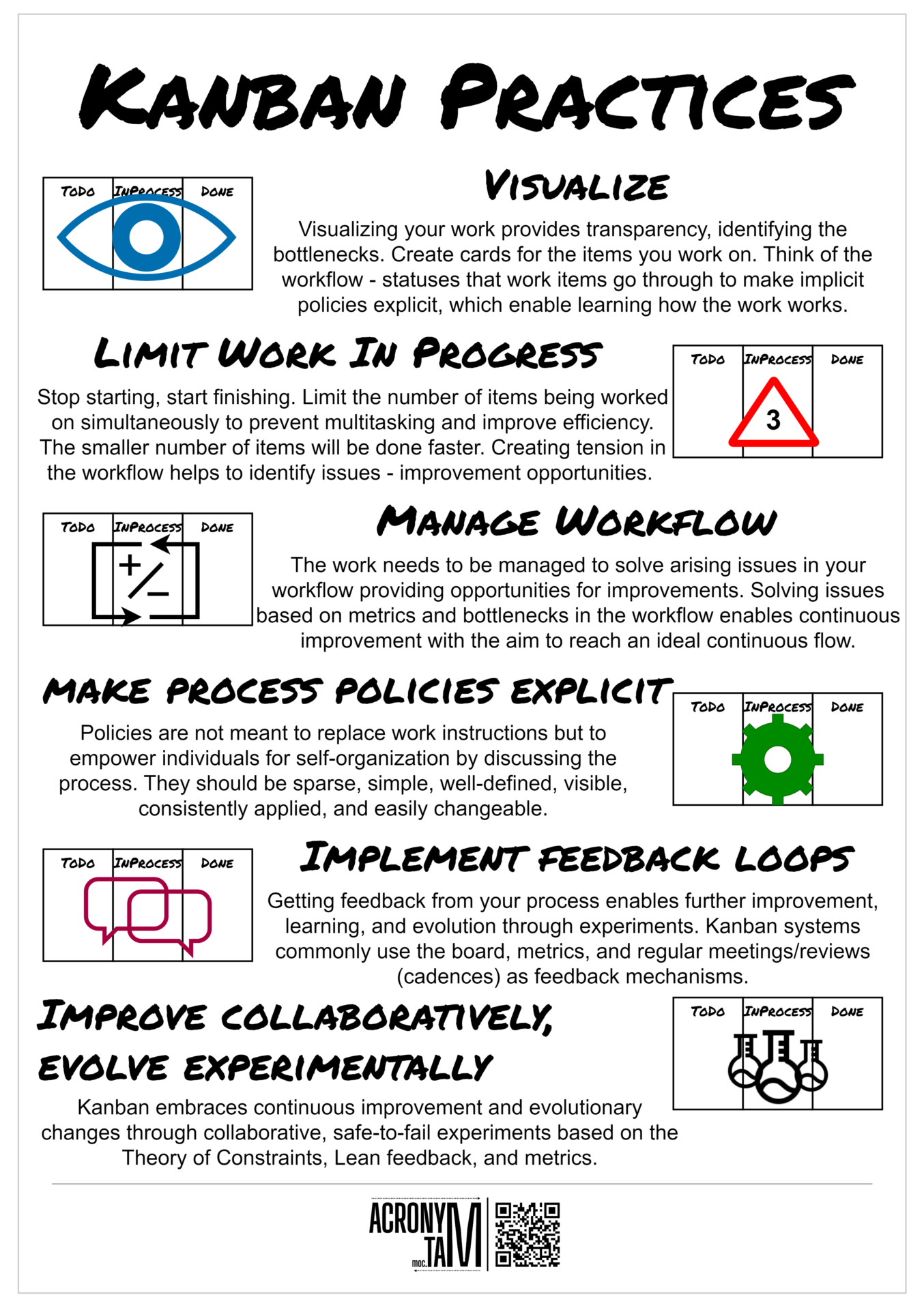
Kanban Practices
6 Kanban Practices: Visualize, Limit WIP, Manage Flow, Make policies explicit, Implement feedback loops, Improve collaboratively
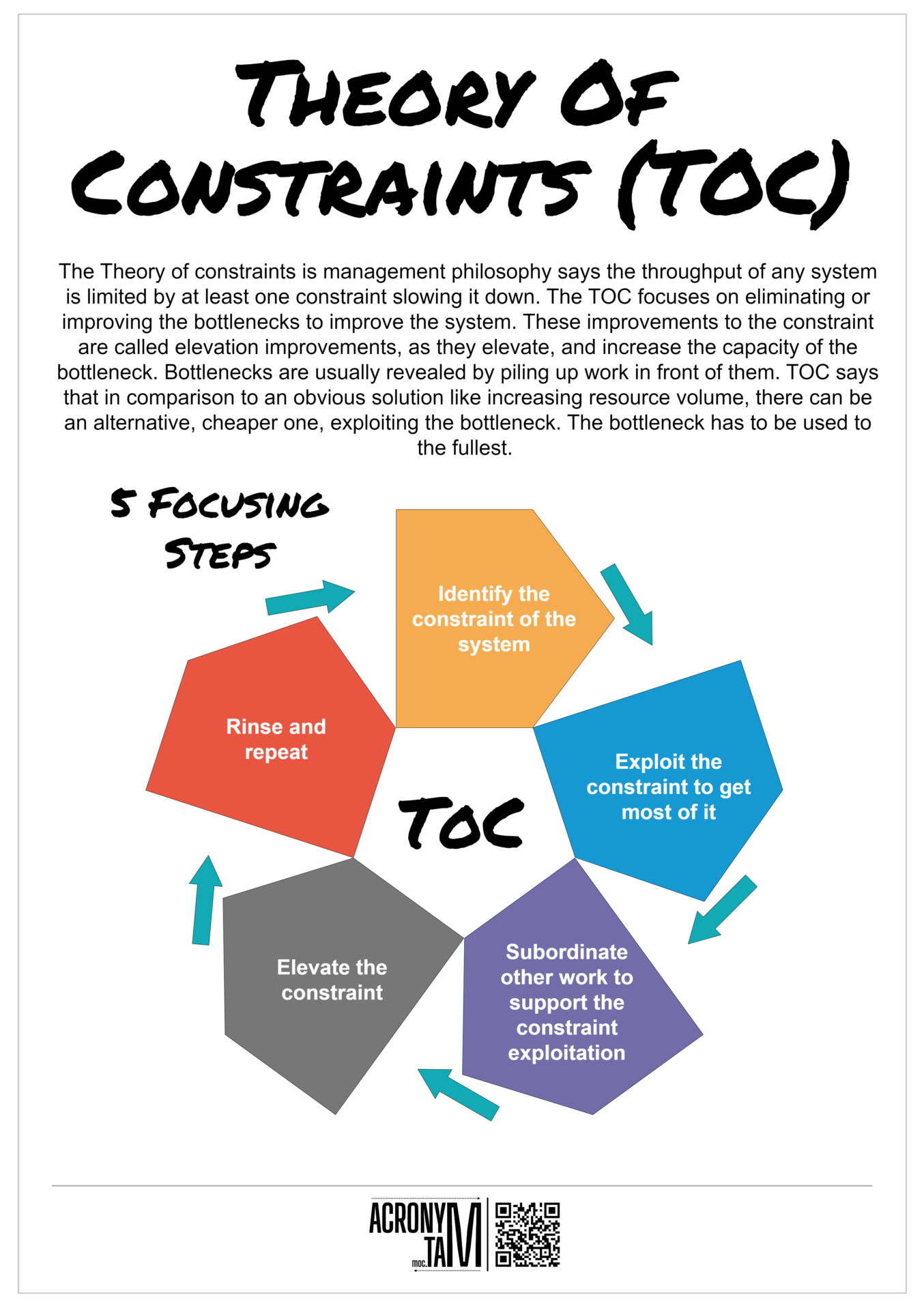
Theory Of Constraints
The Theory of constraints says the throughput of any system is limited by at least one constraint slowing it down.
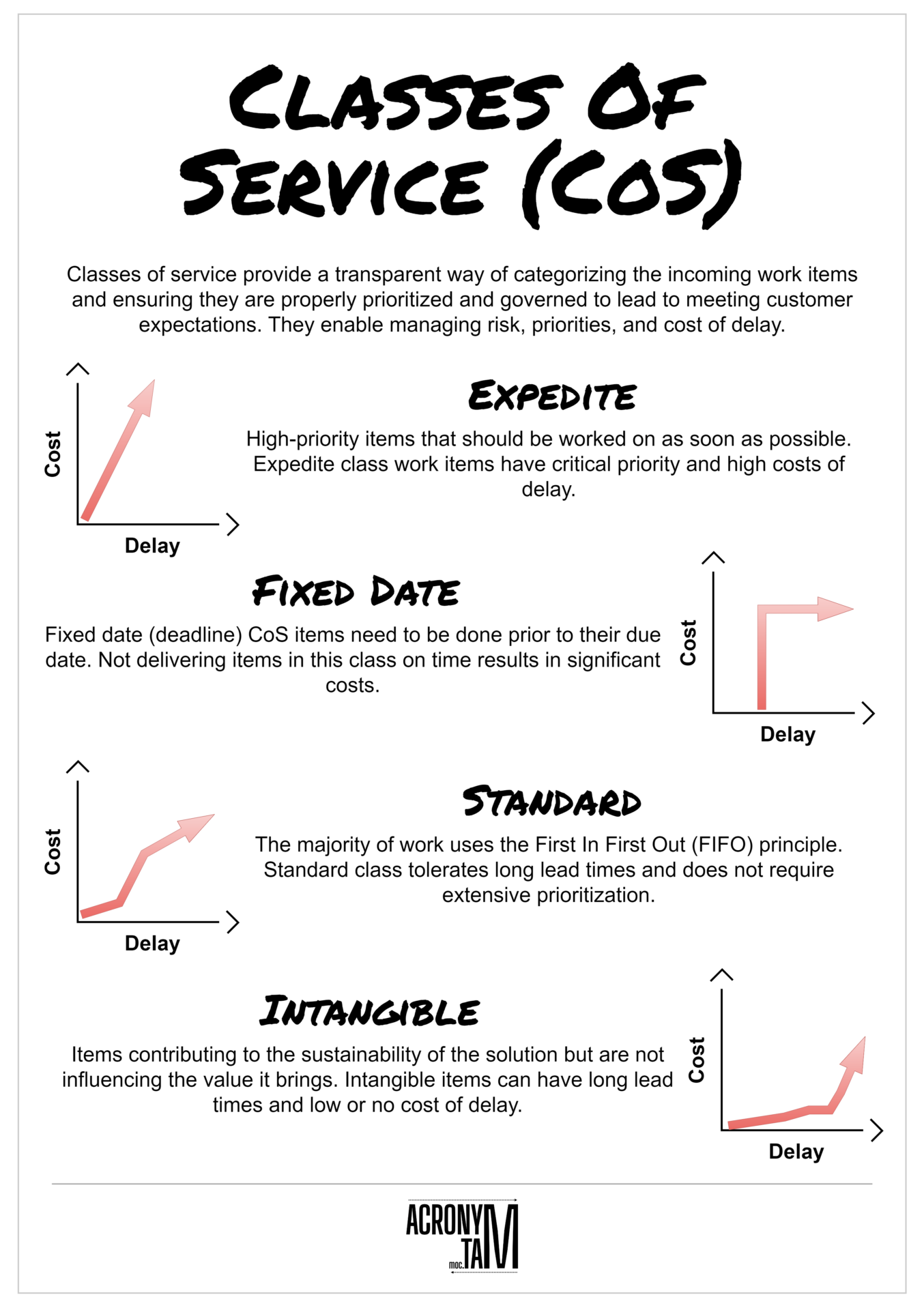
Classes of Service (CoS)
Classes of service (CoS) provide a transparent way of categorizing the incoming work items and ensuring they are properly prioritized and governed to lead to meeting customer expectations. They enable managing risk, priorities, and cost of delay. Expedite High-priority items that should be worked on as soon as possible. Expedite class work items have critical...
























